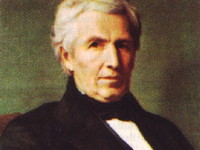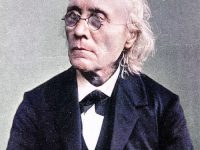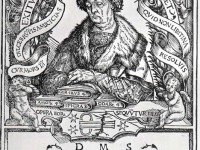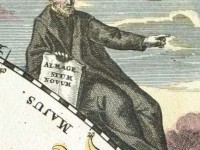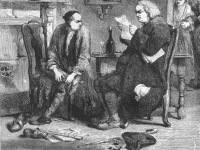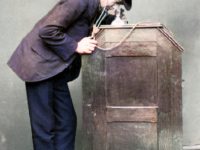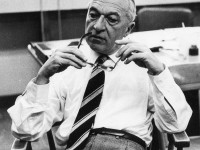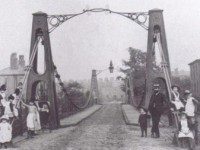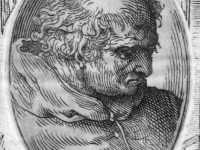Marc Seguin and the Wire-Cable Suspension Bridge
On April 20, 1786, French engineer Marc Seguin was born. He is best known as being the inventor of the wire-cable suspension bridge and the multi-tubular steam-engine boiler. Marc Seguin – Early Years Marc Seguin was born in Annonay, a French commune in the north of the Ardèche department in the Rhône-Alpes region of southern France, to Marc François Seguin and Thérèse-Augustine de Montgolfier, a niece of Étienne and Joseph Montgolfier, the pioneer…
Read more

